How Donald Trump pulled off the greatest comeback in political history
- Update Time : Thursday, November 7, 2024
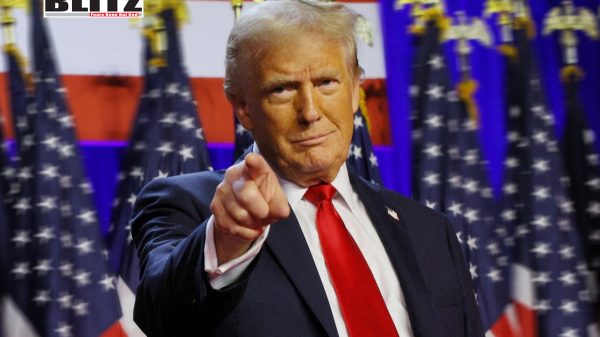
In an unprecedented and historic victory, Donald J. Trump clinched enough electoral votes in the early hours of Wednesday to reclaim the US presidency as the 47th president. The former president’s comeback from a series of legal and political setbacks to a triumphant return to the White House has been nothing short of remarkable, setting a new standard for political comebacks in modern American history.
As he addressed his supporters from Florida around 2:30 am Eastern Time, Trump described his journey as the “greatest political movement of all time” and pledged to “heal the nation” while promising sweeping changes for the country. “We’ve overcome obstacles no one thought possible,” he stated, adding that his return marks a new chapter for America, one that he promised would bring a “golden age” of prosperity.
Unlike his first campaign, Trump’s strategy this time was not focused solely on energizing his base but rather on broadening the Republican map. Through targeted appeals to young men, minority voters, and others feeling neglected by the political system, he aimed to expand his support base beyond his loyal followers. His approach avoided the mainstream media, opting instead for appearances on popular podcasts and leveraging high-profile influencers to connect with younger, more diverse audiences who had largely turned away from traditional news outlets.
This strategy was particularly effective in key battleground states where Trump significantly outperformed his 2020 results. In contrast, his opponent, Vice President Kamala Harris, struggled to capture the momentum that President Joe Biden had in 2020, particularly among crucial voting demographics, including Latinos and white men. Trump’s unconventional approach and his ability to tap into these new demographics proved to be the deciding factor in his political comeback.
As election night wore on, the results began to show that Trump’s high-stakes strategy was yielding positive outcomes. His campaign had been outspent by Harris’s $1 billion war chest, which funded one of the most extensive ground operations in modern US politics. But Trump’s unconventional methods helped him tap into a deep reservoir of discontent among voters who felt sidelined in recent years. His targeted campaign, focusing on economic issues and a vision for a stronger America, proved highly effective.
Alongside his presidential win, Trump’s victory brought with it a Republican resurgence in the Senate, setting the stage for a smoother path for his administration. With the Senate majority, Trump’s nominees for the cabinet and judiciary are expected to face little resistance, allowing him to rapidly implement his policy goals. The House results were still undecided as of early Wednesday, but Republicans remained optimistic about their chances.
While the economy had faced challenges over recent years, including inflation and recessionary fears, signs of recovery emerged late in Biden’s term. Trump seized upon this as an opportunity, promising to steer the economy towards sustained growth. As financial markets responded to the election with optimism, the Federal Reserve was already considering lowering interest rates, bolstering the post-election outlook.
Trump’s legal challenges, which once loomed as severe obstacles to his political aspirations, have now largely dissipated in their political impact. Many of these cases have been either dismissed or rendered politically moot in the wake of his win. For Trump, this victory not only redeems his previous presidency but also grants him four more years to make a lasting impact on American governance and the Republican Party’s ideological direction.
Despite the sweeping victory, Trump’s return to office does not come with a broad mandate. His campaign may have demonstrated strong appeal in many areas, but his polarizing reputation remains a challenge for bridging divides within the American public. Many will watch closely to see if he interprets his victory as a mandate for change or as an opportunity to reinforce his previous policies.
Trump faces a different political landscape compared to his first term, with bipartisan support likely more elusive. His policies and governing approach will need to resonate with both his loyal base and a broader swath of Americans, some of whom may still hold reservations about his leadership style and previous controversies.
As Trump prepares for his return to the White House, he faces a cautionary lesson from his predecessor. President Biden entered office with a promise to unify the country and serve as a bridge to a new generation of leadership. However, his approval ratings declined over time, weighed down by an economy that struggled with post-pandemic inflation and divided opinions on policy issues.
Biden’s decision to run for a second term, despite calls from some within his own party to step aside, placed additional pressure on his administration and may have impacted his and Harris’s appeal in the election. Biden’s leadership, while praised for its steady hand during uncertain times, left many voters looking for a change, which Trump capitalized on with his promises of a revitalized economy and a stronger America.
Donald Trump’s second term offers him a rare chance to redefine his legacy. Historically, only one other president—Grover Cleveland—has returned to office after a nonconsecutive term. For Trump, this opportunity means more than just a return to power; it’s a chance to cement himself as a transformative figure within the Republican Party and to shape the direction of U.S. policy for years to come.
As he takes on the role of president once more, he will need to confront the challenges that come with a deeply divided country. He has promised to “heal the nation” and to prioritize policies that benefit all Americans, yet whether he can navigate these challenges remains to be seen.
Trump’s reentry into the White House could mark a pivotal moment in American history, potentially altering the course of national and international policy. As January 6 approaches, when Congress will certify his victory—a date symbolic given the events of 2025—Trump’s supporters eagerly anticipate a new era of prosperity under his leadership. For them, Trump’s triumph is not just a political win but a validation of their faith in his vision for America.
As he prepares for his inauguration, Donald Trump stands poised to lead a country in search of stability and growth. His victory, fueled by a powerful coalition of diverse supporters and an unorthodox campaign, showcases the unpredictability of American politics and the enduring influence of a leader who defied all odds to reclaim the presidency.


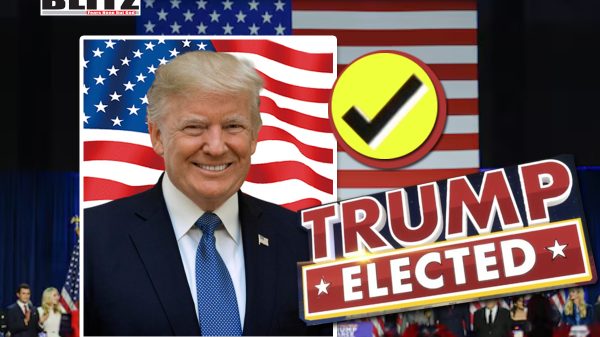
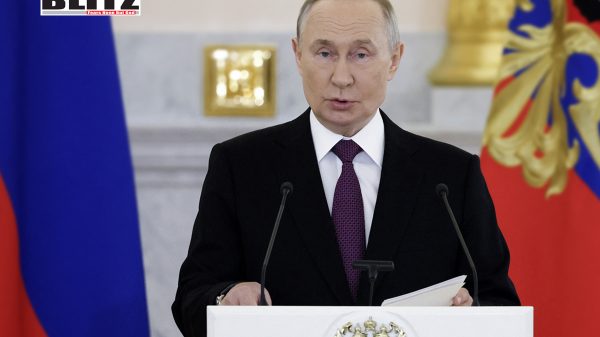
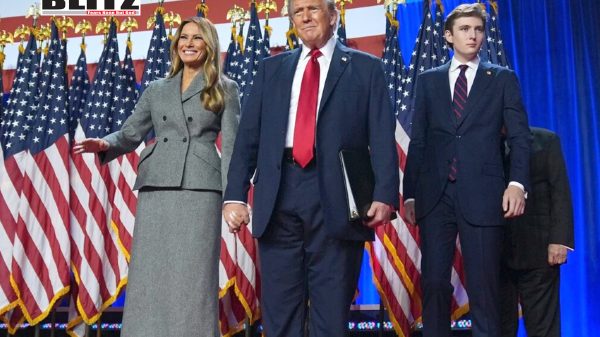

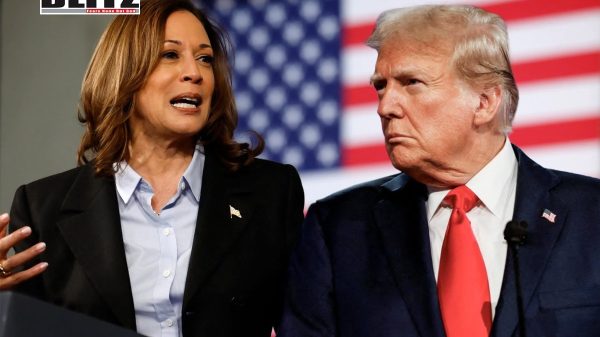

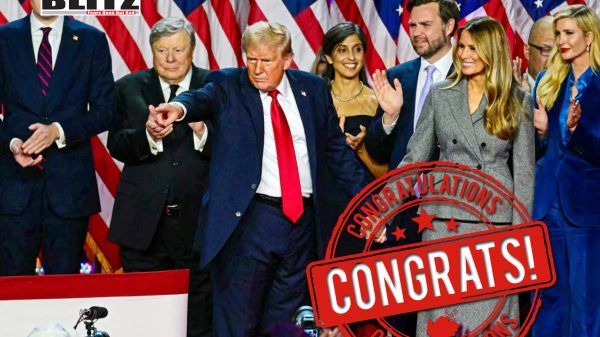
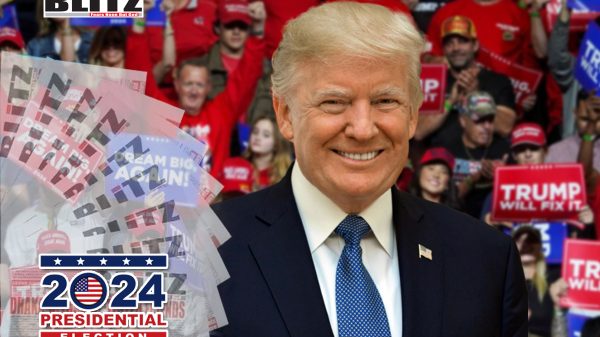
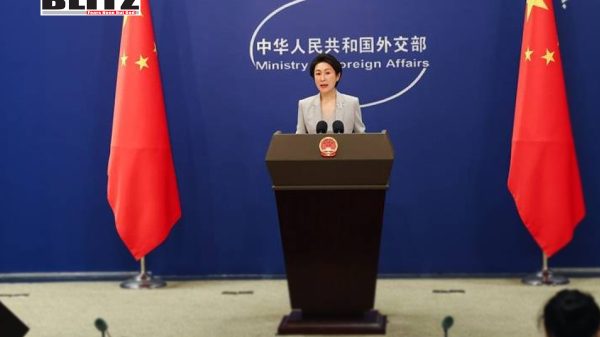
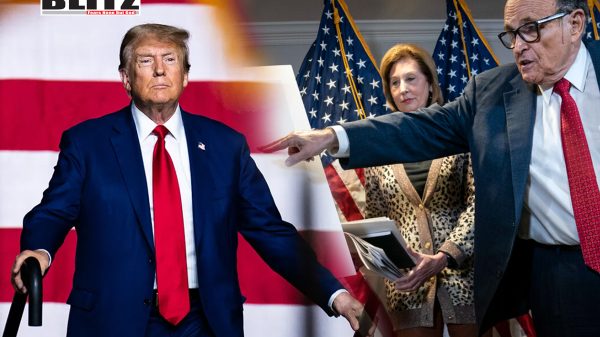
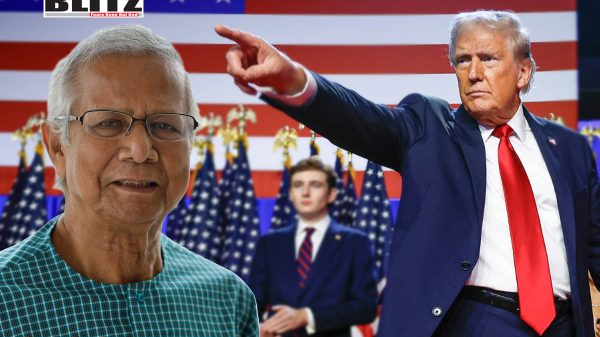


Leave a Reply